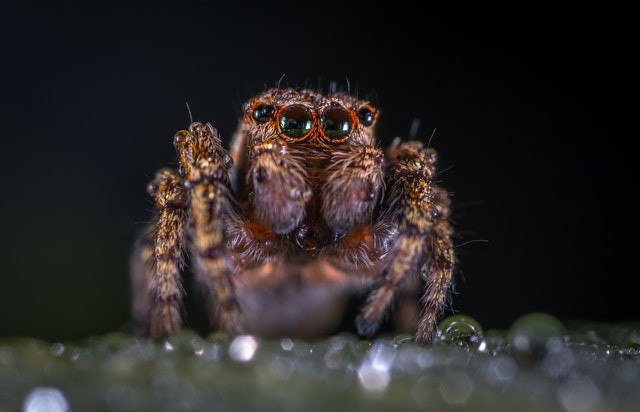Daddy longlegs is believed to be the world's most venomous spider, although their fangs are too little to bite. Is this true? The simple answer is No.

Researcher Debunked the Myth
Retired entomology research associate Rick Vetter from the University of California at Riverside chimes in. For many years, Vetter has been dispelling this particular myth.
"First, what are you calling a daddy longlegs?" said Vetter.
At least three different species are commonly referred to as "daddy longlegs," although only one is a real spider.
It belongs to the Pholcidae family and is known as a cellar spider. In addition to its eight eyes and fangs, it also possesses a pair of body segments, two pairs of legs, and venom ducts and glands.
The three different animals usually referred to as daddy longlegs include harvestman, crane flies, and the cellar spider - the only true spider.
Harvestmen
Arachnids in the Opiliones order are sometimes known as harvestmen. These creatures lack fangs and venom glands, unlike spiders, which have a single body segment and two eyes.
Harvestmen have small grabby mouthparts, Rick Vetter, a retired research associate of entomology at the University of California, Riverside, said to Live Science. Little pinchers, they are. To rip apart prey, dead animals, and other trash is their primary function.
Harvestmen, on the other hand, do not possess venom, but rather poison. Poison, on the other hand, can be consumed or applied to the skin, whereas venom is injected directly into the victim.
To protect themselves from parasites and predators, harvestmen spray or coat themselves in a black, foul-smelling chemical concoction. Despite the fact that this material can kill spiders and insects, it is not the world's most poisonous toxin.
Crane Flies
Crane flies are a member of the Tipulidae family. This is a mosquito-sized bug, not an arachnid, because of its lengthy body and wings.
However, unlike mosquitoes, they are unable to infect you through bites. The reason for this is because many crane fly species lack any kind of mouthparts at all. They are only able to reproduce and deposit eggs while they are in their adult form, which lasts only a few days.
Crane flies, on the other hand, do not have any venom, therefore this legend is obviously erroneous for them.

Cellar Spider: The True Spider
The only true spiders in this group are the cellar spiders. Humans can be bitten by them.
Toxic effects of pholcid spiders on humans have not been documented, according to Vetter. For a day or two, he had a little black mark on his skin, and he thought, It's not that big of a concern. It's definitely not the most toxic spider on Earth.
Analysis of the venom has shown this to be true, as well. Arachnologist Charles Kristensen reported injecting mice with the venom of either cellar spiders or black widow spiders on a 2004
"Mythbusters" episode, which was later documented in a 2019 study. The venom of the black-widow was significantly more potent.
Related Article : Venom of World's Deadliest Spider Holds Key For Heart Attack Treatments
For more news, updates about spiders and similar topics don't forget to follow Nature World News!
© 2025 NatureWorldNews.com All rights reserved. Do not reproduce without permission.





